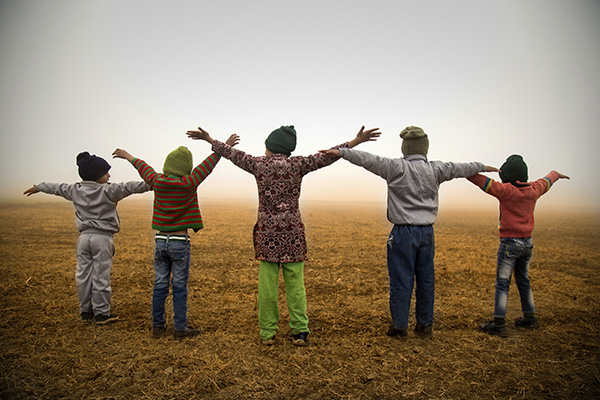
Sulatha Ajit
Special Educator
Sankalp Learning Centre
Email:sulu_a@hotmail.com
Autism is a condition, not a disease. Individuals with autism continue to need care through out their lives, at the same time. Many can be trained to perform meaningful work and participate in community life. There is help and hope. Gone are the dasy when people with autism were isolated and sent away to institutions. Today many children are helped to attend school with other children. Early Intervention and Integration with mainstream children has been the primary focus at SANKALP the Learning centre at Anna Nagar,Chennai.
S was 4 years when she visited me. Parental concerns were about her hyperactivity, inability to speak, self injurious behaviour, her tendency for toe walking and staring spells. Parents said that when the child was one and a half years old she had a vocabulary of 30-40 words, but she progressively lost the ability. S was veryfond of listening to songs.
S is now 6 years old and attends a special class along with 10 other children.
Her class peers have special needs and the class is integrated with a regular children. The following is my experience in working with S.
S is supervised and guidance provided constantly which has resulted in improved task compliance. At Sankalp a structured environment is provided where the child is guided by an adult. We started to train her in aquiring the prerequisite learning skills, she can now make eye contact, sit at a particular seat and not get up until she has finished her work. She can sit for 15 minutes and work on any task. She is able to complete a puzzle of three to five pieces, match shapes, colours, and pictures of common objects. She has started using the index finger to point to fruits and vegetables. S has adjusted to the school routine.
Her daily schedule starts with prayer, group activities, gross motor activities, fine motor skills training, snack time and free play. During snack time S can identify her bag, spread the napkin, and open her snack box. Hyperactivity has reduced to a great extent. She plays with water, sand and loves blowing balloons or bubbles. Pretend play has developed; she can play with a doll, bathing the doll, combing her hair etc. She still is reluctant to join group play. She can imitate actions performed by others, including clapping, lifting hands and jumping etc.
Language and Communication S’s receptive language has improved during this year. She responds to simple verbal commands; fold your hands, brign your bag, go to your seat etc. She can wave a “bye”nods to express yes and shakes her head to say NO. She responds to the bell, which indicates it is time to go out or come in.
We offer her choices thereby letting her control the situation. Choices are given such as water or snack, swing or slide. She gestures to let us know what she would like to have. As her communication improves she does not resort to biting her hand. She does not get very frustrated.
Social Skills S enjoys her peer group company. She even hugs some kids,likes the company of adults. She recognizes the teachers and smiles. Though S has improved a lot, she still has a long way to go. The support we get from her parents has been the one single factor that helped S in being socially well adjusted.
